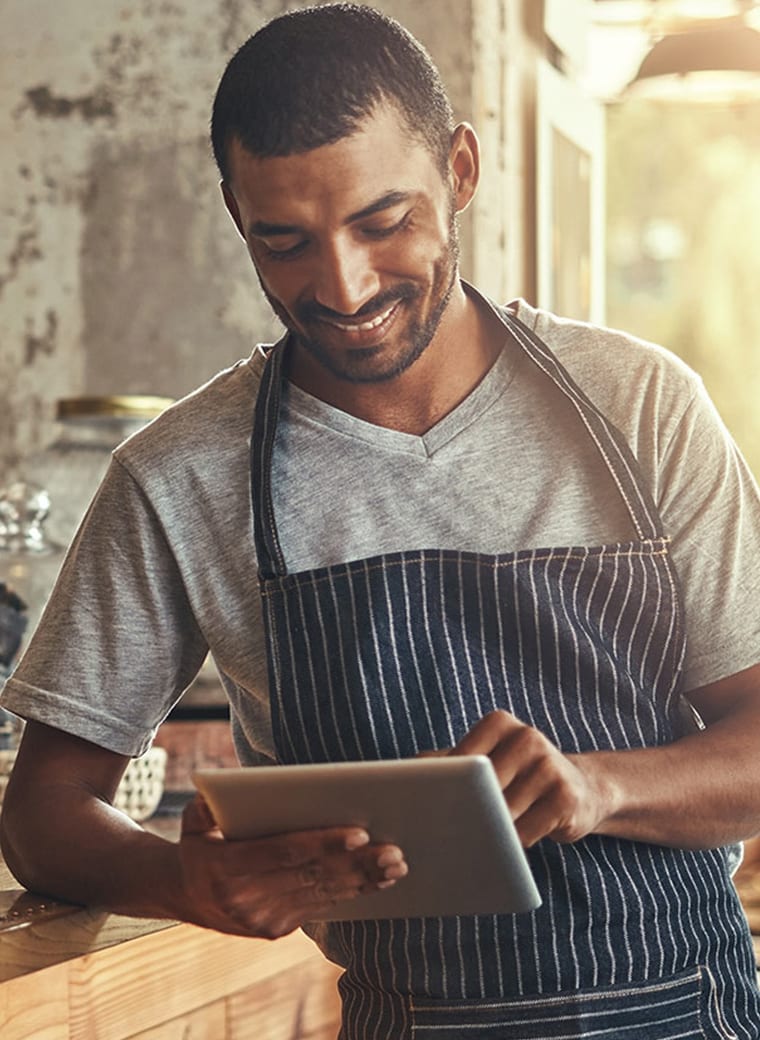The customer experience – Speed, service, and accuracy
Behind the scenes, tablets are also offering greater efficiency to staff working back of house and the managers and owners or restaurants and cafés.
Features that common restaurant and café mPOS software include:
• Inventory tracking
• Item recipes
• Item cost to sale analysis
• Customer relationship management
• Staff scheduling including time clocks
• Section allocation
• Reporting and analytics
While some of these features may not be new, the real-time and remote access available courtesy of tablets and the Cloud offers restauranteurs the opportunity to streamline their operation, identify top selling items, and understand exactly what’s happening in their venue at any moment of any day.
Meanwhile, it’s not just the Point of Sale where tablets are making a very real difference in the hospitality environment.
They are also found in a host of other areas of restaurants and cafes in a bid to better meet the needs of both the modern consumer and the modern business.
In any hospitality environment the aim of the game is speed, service and accuracy. Whether it’s a Michelin-star restaurant or the local coffee shop, patrons seek to feel valued and tended to, while receiving seamless and professional service.
This is where tablets are making huge inroads into the hospitality experience.
Whether they are mobile or positioned in static stations around a restaurant or café, they allow servers to quickly take orders, cut the queue in quick-serve environments or offer personalized service right at the table-side in seated establishments.
Meanwhile there’s a wealth of hospitality-focused software available, with TouchBistro, Square, and LightSpeed Restaurant just a couple of the well-known options.
Common features of Mobile POS (mPOS) for restaurants and cafés include:
• Tableside ordering for sit-down restaurants
• Self-service ordering for quick-serve restaurants
• Table management
• Mobile payments
• Split billing
• Menu and specials descriptions
• Automatic notifications that a menu item is running low or has run out
Meanwhile, the physical act of placing an order is greatly simplified for servers using tablets as their ordering pad.
Whether it’s a drink, entrée or dessert, meal items placed on a tablet POS can be automatically routed to the relevant area of the restaurant, such as the bar, the kitchen or the desserts station.
For servers and patrons all these functions streamline the hospitality experience. They help eliminate errors and miscommunication, while allowing staff to more efficiently do their job.



